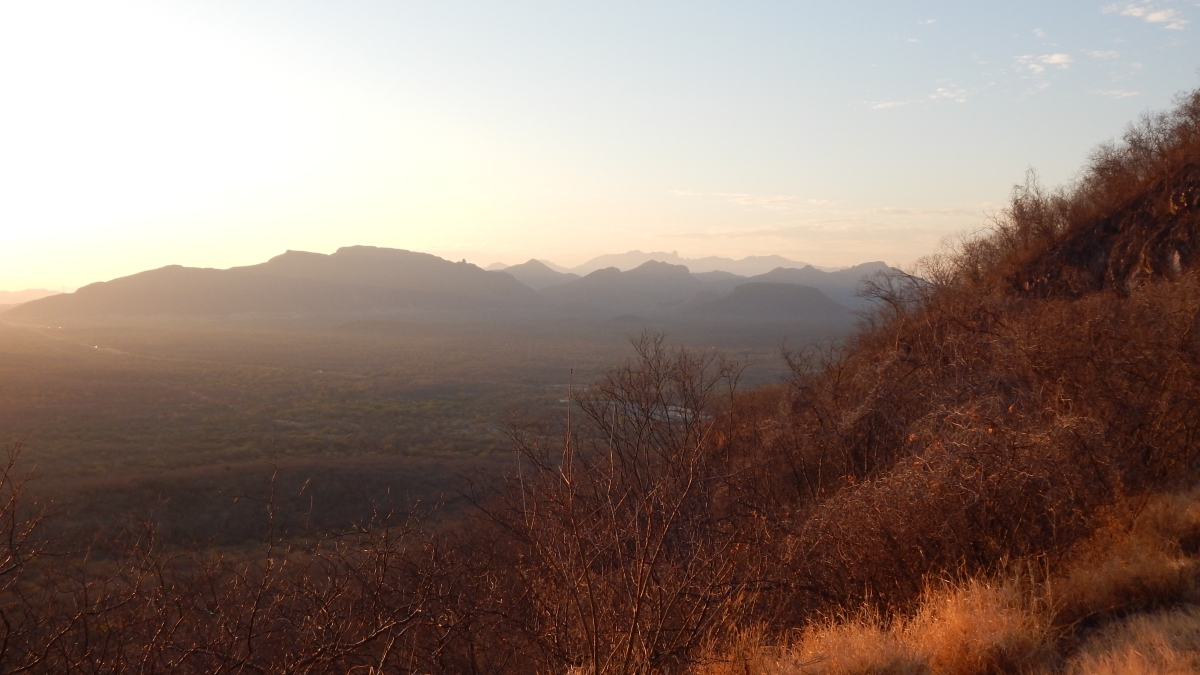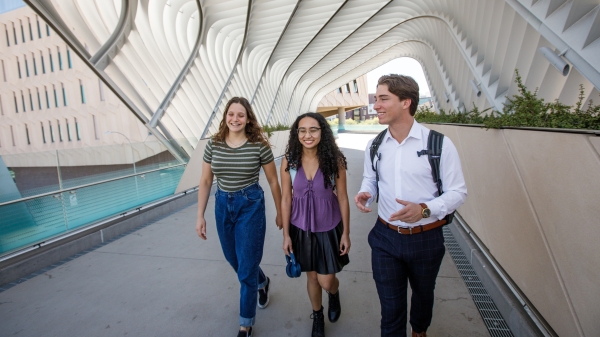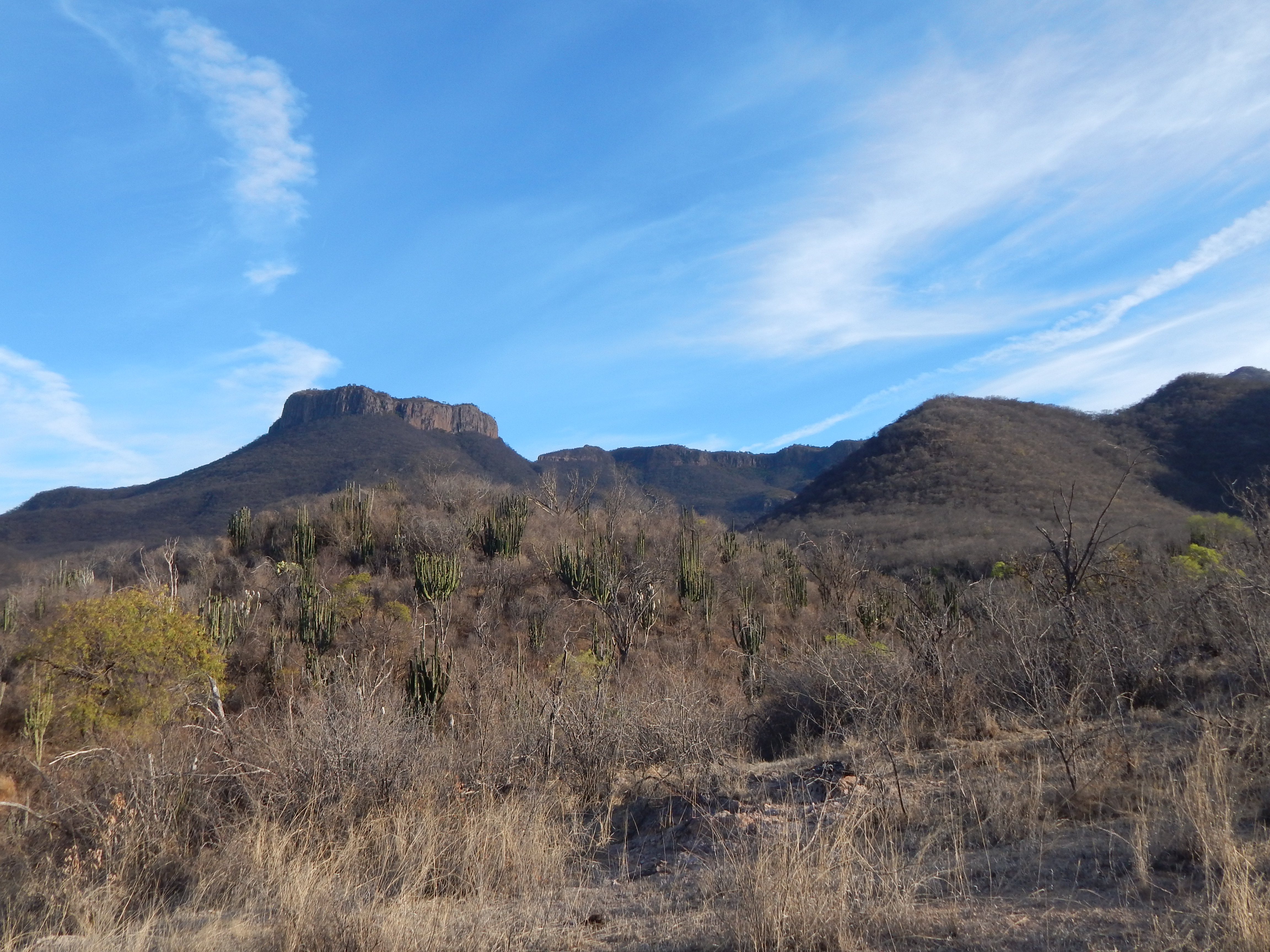Conserving a wealth of diversity: The dry tropical forests of Latin America

Dry forests in Latin America are among the world’s most threatened tropical forests. Less than 10 percent of their original extent remains in many countries, much less than many rain forests such as Amazonia, which remains approximately 80 percent intact.
Dry forests were the cradle of pre-Colombian civilization in Latin America, and the source of globally important crops such as maize, beans, peanuts and tomato, but despite this and their widespread destruction, they have been long-overlooked by scientists and conservationists.
The Latin American Seasonally Dry Tropical Forest Floristic Network (DRYFLOR), funded by a Leverhulme Trust International Network grant and including more than 50 scientists and conservationists from Latin American and the Caribbean and led from the Royal Botanic Garden Edinburgh, has developed an unprecedented database of dry forest tree species, based upon 1602 inventories across Latin America and the Caribbean.
Janet Franklin, Regents' Professor in the School of Geographical Sciences and Urban Planning at ASU, was one of many contributors to the project. She shared inventory data from dry forests in the Caribbean, collected on a National Science Foundation-sponsored research project.
In a paper just published in the journal Science, the researchers show that dry forests in Latin America and the Caribbean contain a remarkable 6958 species of woody plants.
The data demonstrate that the species found in different regions of dry forest are seldom shared, meaning that each contains species growing nowhere else. This conveys a simple but urgent message that numerous protected areas across many countries will be needed to protect the full diversity of dry forests. In the light of probable warmer climates in the tropics, conservation of unique dry forest species that have adaptations to heat and drought should be global priority.
DRYFLOR’s results provide a scientific framework within which, for the first time, national decision-makers can contextualize the significance of their dry forests at a regional and continental scale.
“This was an amazing example of grassroots community building among scientists and conservationists who contributed data and expertise,” Franklin said.
“By amassing this amazing dataset and including those who collected the data in its analysis and interpretation, we were able to discover large-scale patterns that have very important implications for conservation of the world’s most endangered tropical forest ecosystem.”
At the end of the dry season in May, this forest near Alamos in Sonora, Mexico, is leafless, and its burnished color (in the top photo) gives its name to the nearby nature reserve of Monte Mojino. The forest, while less verdant than a soaring emerald rain forest, is nonetheless rich in endemic plant and animal life. (Photos by J. Franklin, 2016)
The Leverhulme Trust was established by the Will of William Hesketh Lever, the founder of Lever Brothers. Since 1925 the Trust has provided grants and scholarships for research and education; today it is one of the largest all-subject providers of research funding in the UK. The Royal Botanic Garden Edinburgh is a leading international research organization delivering knowledge, education and plant conservation action around the world. Its mission is “To explore, conserve and explain the world of plants for a better future”. The Monte Mojino nature reserve is supported by Nature and Culture International, which protects highly biodiverse areas in South America and Mexico by collaborating with the people who depend upon these lands for their survival (http://montemojino.org/).
More Environment and sustainability

A run on fossil fuels: ASU professor says climate legislation could have unintended consequences
As concerns about climate change grow, policymakers are increasingly voicing support for stricter fossil fuel legislation. Their…

Confusion complicates US recycling efforts
In most major cities and buildings, recycling bins can often be found alongside trash bins in an effort to encourage recycling.…

ASU empowers students to build a thriving global future
At Arizona State University, leadership has made tremendous efforts to create programs and initiatives aimed at supporting a…
